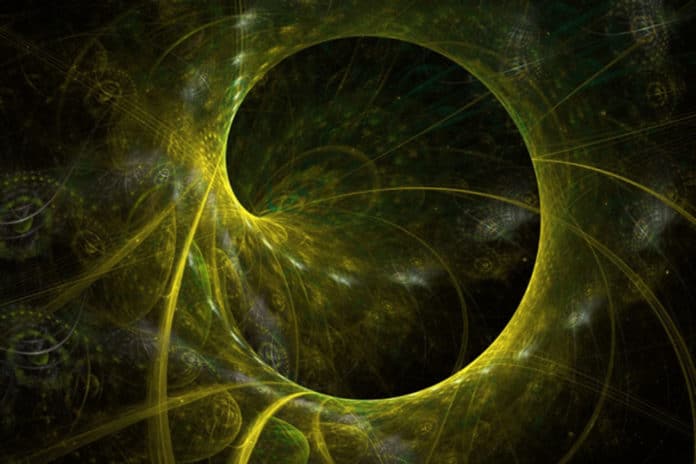MIT scientists have designed a new material system that composed of nanowires of gold grown atop a superconducting material, vanadium, and dotted with small, ferromagnetic “islands” of europium sulfide. Using the system, scientists observed evidence of Majorana fermions.
Scientists scanned the surface near the islands and saw the signal spikes near-zero energy on the very top surface of gold. According to scientists, the signals should be generated by pairs of Majorana fermions.
Jagadeesh Moodera, a senior research scientist in MIT’s Department of Physics, said, “Majorana fermions are these exotic things that have long been a dream to see, and we now see them in a very simple material — gold. We’ve shown they are there, and stable, and easily scalable.”
Co-author Patrick Lee, William and Emma Rogers Professor of Physics at MIT, said, “The next push will be to take these objects and make them into qubits, which would be huge progress toward practical quantum computing.”
Almost a decade ago, Lee thought to capture to observe Majorana fermions in metal. Along with his graduate student Andrew Potter, he routinely makes metals, including gold, into superconductors. They wanted to observe if gold’s surface state could be made to be superconductive. If this could be achieved, then gold could serve as a clean, atomically precise system in which researchers could observe Majorana fermions.
Lee proposed, based on Moodera’s prior work with ferromagnetic insulators, that if it were placed atop a superconductive surface state of gold, then researchers should have a good chance of clearly seeing signatures of Majorana fermions.
Lee said, “When we first proposed this, I couldn’t convince a lot of experimentalists to try it, because the technology was daunting.”
Scientists initially grew a sheet of superconducting vanadium, on top of which they overlaid nanowires of the gold layer, measuring about 4 nanometers thick.
They tried the conductivity of gold’s exceptionally top layer and found that it become superconductive in a vicinity with the vanadium. They then kept over the gold nanowires “islands” of europium sulfide, a ferromagnetic material that can give the required internal magnetic fields to make the Majorana fermions.
By applying a small voltage and using scanning tunneling microscopy, scientists were able to scan the energy spectrum around each island on gold’s surface.
Scientists then observed a particular energy signature that only Majorana fermions should produce if they exist. In any superconducting material, electrons travel through at specific energy ranges. There is, however, a desert, or “energy gap” where there should be no electrons. If there is a spike inside this gap, it is very likely a signature of Majorana fermions.
Scientists observed spikes inside this energy gap on opposite ends of several islands along the direction of the magnetic field, which were clear signatures of pairs of Majorana fermions.
Moodera says, “We only see this spike on opposite sides of the island, as theory predicted. Anywhere else, you don’t see it.”
“In my talks, I like to say that we are finding Majorana, on an island in a sea of gold.”
Peng Wei of the University of California at Riverside said, “Seeing a pair of Majorana fermions is an important step toward making a qubit. The next step is to make a qubit from these particles, and we now have some ideas for how to go about doing this.”
Journal Reference:
- Signature of a pair of Majorana zero modes in superconducting gold surface states. DOI: 10.1073/pnas.1919753117
